What is the best-supported approach for tracking logged-in Usernames/Ids in App Insights telemetry?
A User with Username "JonTester1" said some Pages he visited 4 hours ago were really slow. How can I see everything JonTester1 did in App Insights to trouble shoot/know which pages he's referring to?
Seems like User Id in App Insights is some Azure-generated anonymized thing like u7gbh that Azure ties to its own idea of the same user (thru cookie?). It doesn't know about our app's usernames at all.
I've also seen a separate field in App Insights called Auth Id (or user_AuthenticatedId in some spots), which looks to sometimes have the actual username e.g. "JonTester1" filled in - but not always... And while I don't see any mention of this field in the docs, it seems promising. How is our app's code/config supposed to be setting that Auth Id to make sure every App Insights log/telemetry has it set?
Relevant MS docs:
- https://learn.microsoft.com/en-us/azure/azure-monitor/app/usage-send-user-context
This looks to just copy one library Telemetry object's User Id into another... no mention of our custom, helpful Username/Id anyway... and most in-the-wild examples I see don't actually look like this, including MS docs own examples in the 3rd link below; they instead hardcode get a
new TelemetryClient() - https://learn.microsoft.com/en-us/azure/azure-monitor/app/website-monitoring No mention of consistently tracking a custom Username/Id
- https://learn.microsoft.com/en-us/azure/azure-monitor/app/api-custom-events-metrics#authenticated-users Shows some different helpful pieces, but still no full example. E.g. it says with only the
setAuth...JS function call (still no full example of working client-side JS that tracks User) on the page, you don't need any server-side code for it to track custom User Id across both client-side and server-side telemetry sent to Azure... yet then it also shows explicit code to new up a TelemetryClient() server-side to track User Id (in the Global.asax.cs or where?)... so you do need both?
Similar SO questions, but don't connect the dots/show a full solution:
- Azure Insights telemetry not showing Auth ID on all transactions
- Application Insights - Tracking user and session across schemas
- How is Application insight tracking the User_Id?
- Display user ID in the metrics of application Insight
I'm hoping this question and answers can get this more ironed out; hopefully do a better job of documentation than the relevant MS docs...
